
A guide has been realeased by the Post-Conflict Research Center, the Sarajevo Canton Memorial Fund, and the Mechanism Information Programme for Affected Communities (MIP) for history teachers on how to utilize archival material from the International Criminal Tribunal for the Former Yugoslavia (ICTY) and the International Residual Mechanism for Criminal Courts (Mechanism), as well as video production by MIP. The main objective of this manual is to enhance knowledge and skills in using archives and informing the public about judicially established facts.
This guide, developed in collaboration with the European Association of History Teachers (EuroClio) and representatives from teacher associations throughout the former Yugoslavia, is intended to empower history teachers with the necessary understanding and ability to incorporate archival material from the ICTY and the Mechanism into history lessons on the conflicts that occurred in the former Yugoslavia during the 1990s.
“This guide comes at the right moment as now is the time to start learning about the history of the nineties,” said Andreas Holtberg, EuroClio program manager.

The guide, according to MIP representatives, comprises two sections: the training methodology and thematic ideas on utilizing sources from the archive.
“Research shows that people in general, and especially the younger generation, know very little about the facts established by the courts, about the importance of the Tribunal, and their attitudes and discourse primarily stem from media infludence, family, ethnicity and, very importantly, school,” remarked Anisa Sućeka, coordinator for youth engagement at MIP.
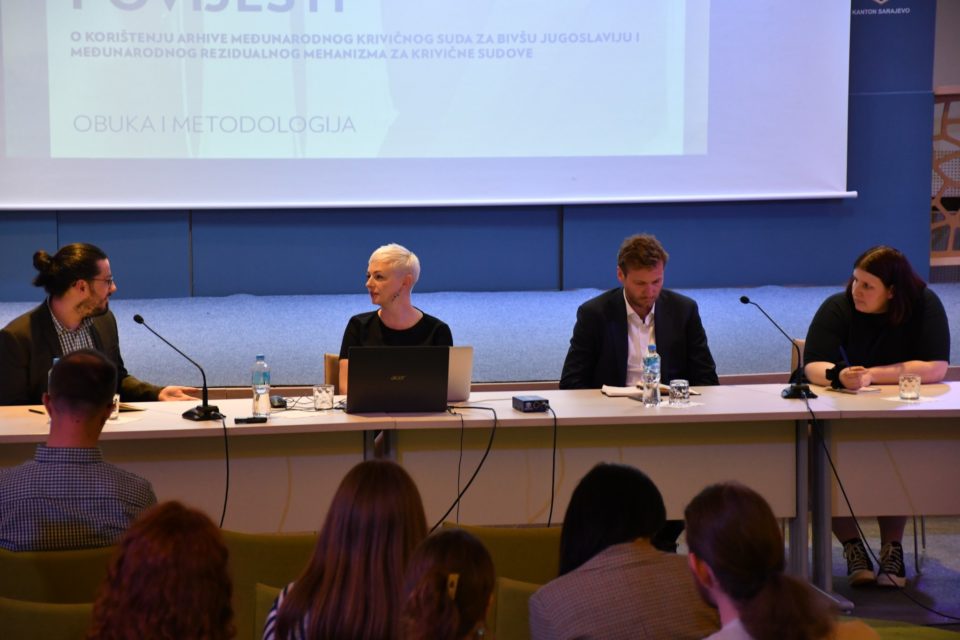
Arna Daguda and Mire Mladenovski, history teachers, are among the ten authors who collaborated on the guide’s second volume, containing five chapters. These chapters explore topics such as the legacy of the Hague Tribunal and history education, women in war, migration and conflict, children in war, and cultural destruction.
Mladenovski acknowledged that history has been used as a weapon in the past but emphasized that the task of professors and teachers is to make history a tool for fostering cooperation and learning about the past.
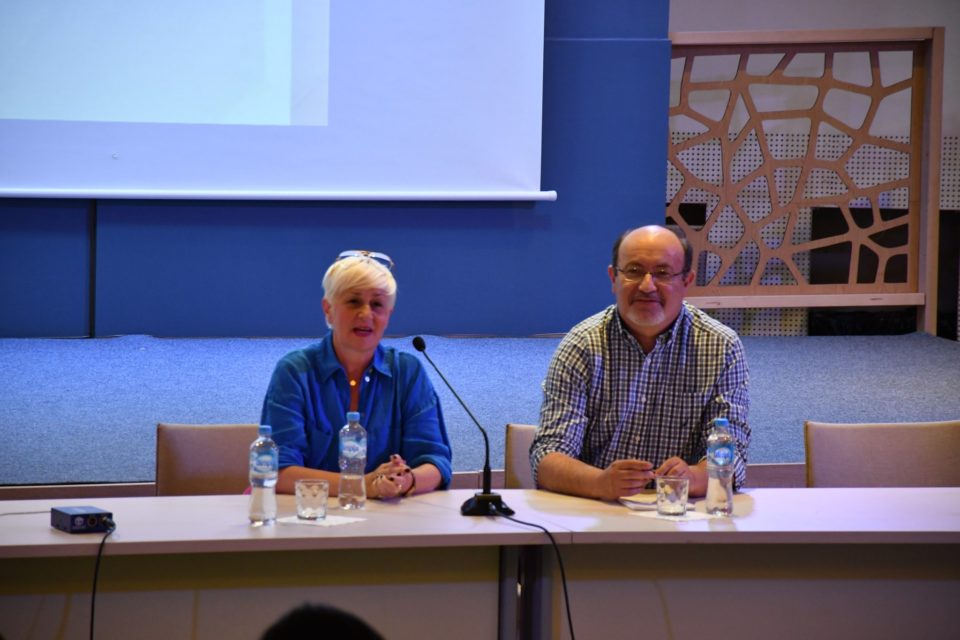
In light of the support MIP receives from the European Union, Fermin Cordoba, a political advisor and team coordinator of the European Union delegation team in Bosnia and Herzegovina, addressed the audience at the launch event for the guide. He emphasized the need to focus on cultivating critical thinking skills and presenting positive stories when educating young people.
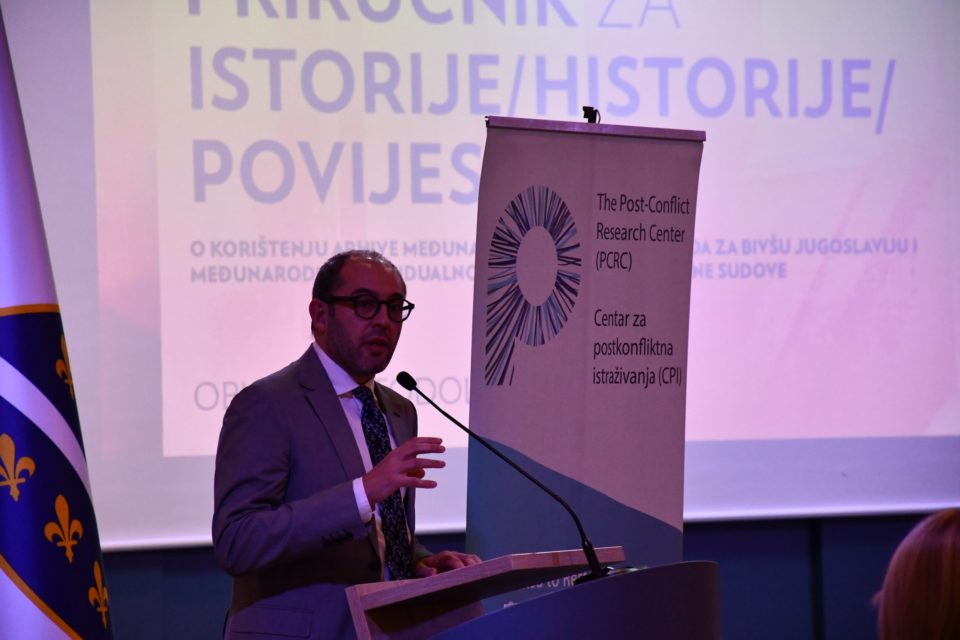
“Education should aim to contribute to mutual understanding and social healing, focusing on balancing the cognitive, emotional, and ethical dimensions in history teaching and learning. Avoiding the politization of the past and fostering multi-perspectivity can certainly help,” said Cordoba.
During the presentation of the video, Rada Pejić Sremac, an MIP coordinator, said that they have created 200 short videos since 2019. “Unfortunately, these topics are not a thing of the past and are extremely popular. According to our data, people between the ages of 30 and 50 view these materials the most,” said Pejić Sremac. She pointed out that the video content is based entirely on verified facts.
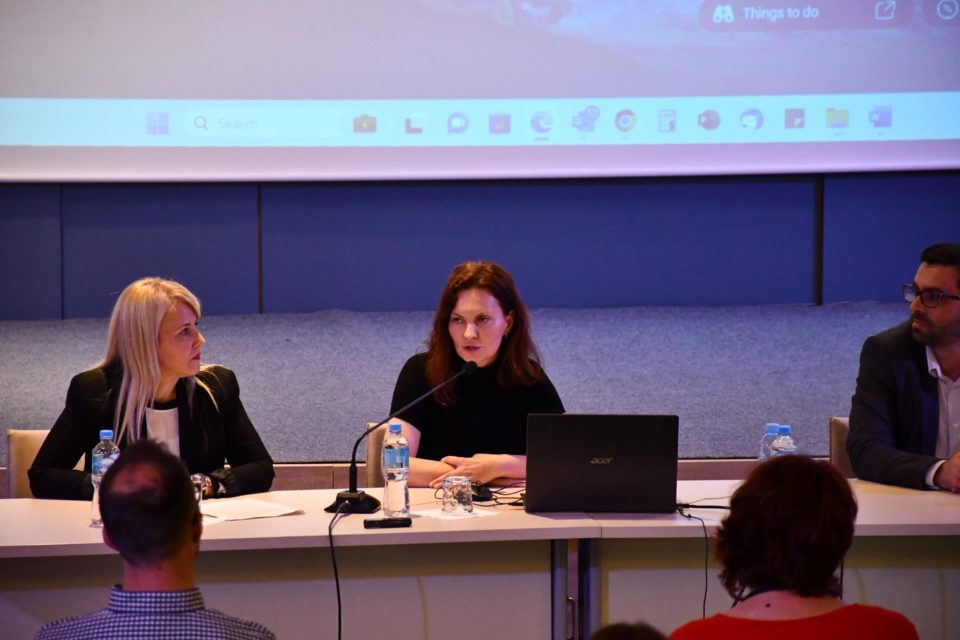
Ahmed Kulanić, the director of the Sarajevo Canton Memorial Fund, also spoke about the use of judicially established facts, including the work of the ICTY and the Mechanism. He highlighted the collaboration with the Post-Conflict Research Center on the publication “The Siege of Sarajevo,” which also utilizes the facts substantiated by the courts. Additionally, Kulanić announced the construction of the most state-of-the-art archival facility in Southeastern Europe, which will be located in Vogošća, in the immediate vicinity of the former infamous Kon-Tiki camp.
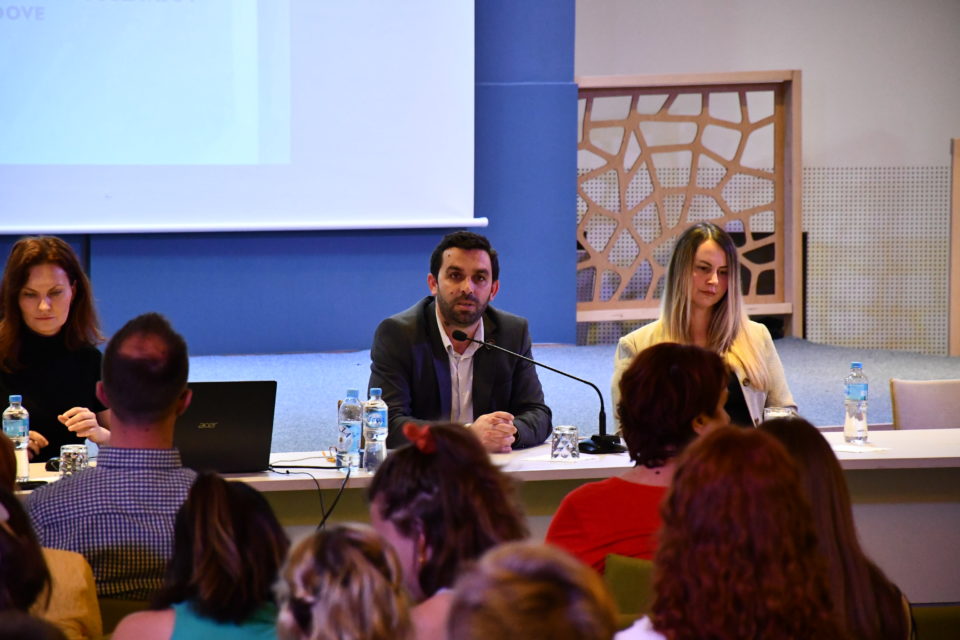
“Using archival facts, the Educational Center of the Memorial Fund will continue to bring this material closer to young generations through education about the history of the nineties,” said Kulanić. He emphasized the meaningful partnerships with numerous non-governmental organizations and institutions in Bosnia and Herzegovina.
He also noted the historical significance of the Sarajevo Canton Memorial Fund collecting documented evidence, providing future generations with an objective and realistic view of what transpired in the country.
Velma Šarić, the president and founder of the Post-Conflict Research Center, emphasized the importance of using the legacy of the Tribunal through multimedia.
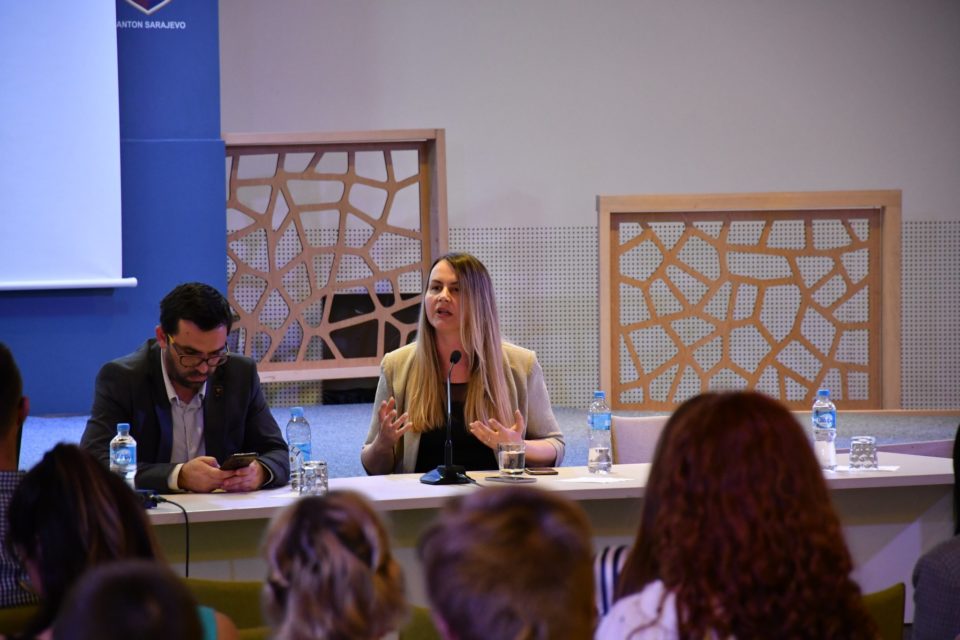
“Without cooperation, heritage, and judicially established facts, it would be impossible to educate young people. The Tribunal and its heritage represent the greatest success in the recent history of Bosnia and Herzegovina because, as they have helped us prove terrible crimes and present them to young people,” Šarić explained.
She announced the signing of a memorandum between the Sarajevo Canton Memorial Fund, Post-Conflict Research Center, and MIP facilitating the transfer of educational and archival materials from the ICTY and the Mechanism.
The launch of the guide and the accompanying video content was organized into panels moderated by Erna Mačkić, a researcher at the Post-Conflict Research Center, and Dr. Rodoljub Jovanović, one of the editors of the Guide.





